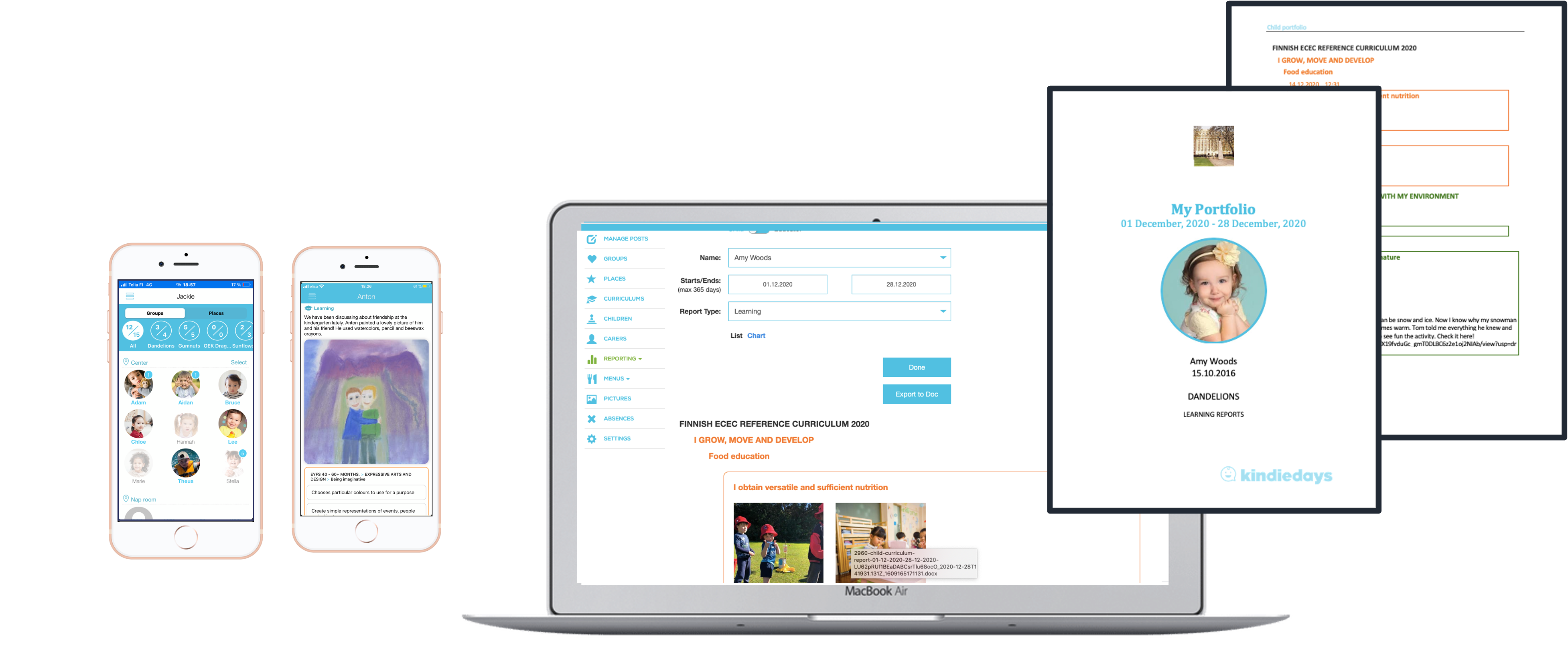.png) Sensory play in early childhood is important for overall health and well-being. It forms the foundation of a child’s learning and perception - a base for later learning.
Sensory play in early childhood is important for overall health and well-being. It forms the foundation of a child’s learning and perception - a base for later learning.
Babies start discovering the world around them primarily with their senses (touching, tasting, hearing, seeing, and smelling). Babies look at bright colors or lights, grasp their carer's fingers or hair, and put everything in their mouths. Learning through the five senses is beneficial even during the preschool and elementary school years.
“Sensory play is the foundation for all higher-level learning. Every time you engage the sensory system, you’re creating neural connections, which is good for complex development.” - Stephanie Swinburne Occupational Therapist
Children learn about the different forms of expression by using multiple senses.
“For a small child, discussion and verbal learning have little educative power without actual experience. Learning rather happens through all the sensory channels. Children must live through, explore, and try things out to attach meaning to them” - H. Hendrick
How to support sensory development?
The best way to support children's sensory development is through sensory play! Sensory play is anything that involves the use of one or several senses: touching, tasting, hearing, seeing, or smelling. Engaging the senses in play helps to develop motor skills, self-regulation, and sensory integration—and it is also fun!
Here are some concrete tips for sensory play activities that you can do with young children. The activities will help children to develop and fine-tune their sensory and motor skills, as well as to promote their creativity and emotional well-being.
Sensory play ideas!
1. DIY SNOW FOR SENSORY PLAY
Baking soda and shaving cream. Mix together 1 pound of baking soda and slowly add shaving cream until you reach the perfect snowy consistency. Let children knead the DIY snow with their hands until it is all combined.
or
Baking soda and hair conditioner. For this recipe, use white conditioner so your DIY snow looks similar to real snow. Start with 1/2 cup of conditioner, and use a fork to stir in about 3 cups of baking soda. This snow packs very well and is great for making mini snowmen!
What are Kindiedays Lesson Plans?
Psst. Bonus tips for DIY snow!
+ Add essential oils (eg. peppermint oil) to stimulate the sense of smelling.
+ Put the snow in the freezer to make it cold and stimulate the sense of touching a bit more.
+ Play with animals that live in cold conditions (polar bears, penguins...) and stimulate the sense of hearing by imitating the animal sounds.
2. ZIPLOG BAG SENSORY ACTIVITY
Make a sensory ziplog bag activity by filling a ziplog bag with liquid (water or juice) and other little but safe items of your choice. Ziplog bags are suitable for children over 12 months of age.
Once ready, you can tape the ziplog bag on the table, on the floor on the window. Make sure that the bag is fully sealed and use safe materials to fill it, as water and food coloring. Children can explore the bag by touching it and looking at it how the liquid moves inside.
More Ziplog bag sensory ideas from 'Hands on as we grow' blog here.
3. SOUND WALK
Take the children out for a walk and ask them to listen to all the sounds around them. Everyone can have their own printable and mark which sounds they have heard. The printable has pictures that help children to identify the corresponding sound. Download the free Buggy&Buddy 'What do you hear outside?' printable here.
.png)

.png)


.png)
